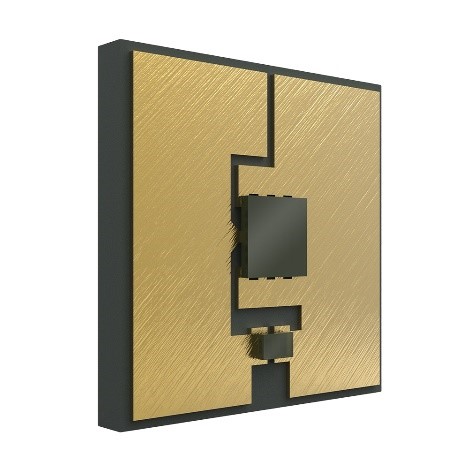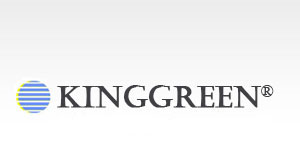Crystal IS, an Asahi Kasei company, and Boston University’s National Emerging Infectious Disease Laboratories (NEIDL) have performed research demonstrating the efficacy of Crystal IS’ Klaran UVC LEDs to inactivate SARS-CoV-2.
Crystal IS initiated this research to understand how SARS-CoV-2, the virus which causes COVID-19, responds to ultraviolet light across the emission range of Klaran UVC LEDs (260 nm to 270 nm) and at different doses.

(Image: Crystal IS)
Log Reduction as a Function of Dose and LED Peak Wavelength

(Data courtesy of Dr. Anthony Griffiths, NEIDL, BU)
During the study, an array of Klaran UVC LEDs were used to irradiate a surface containing SARS-CoV-2. The results in the table above show the log reduction achieved from exposing the virus to a UVC intensity of 1.25 mW/cm2 at different time intervals. The test was then repeated using a dose of 5 mJ/cm2 from LEDs which emit at a peak wavelength representing both ends of the Klaran LED wavelength specification (260 nm and 270 nm). The results indicate similar efficacy across the tested range.
Impact of Wavelength on Log Reduction

1= Hiroko Inagaki, Akatsuki Saito, Hironobu Sugiyama, Tamaki Okabayayashi, & Shouihi Fujimoto (2020), Rapid Inactivation if SARS-CoV-2 with deep-UV irradiation. https://www.tandfonline.com/doi/full/10.1080/22221751.2020.1796529
“The research by NEIDL at Boston University demonstrates that SARS-CoV-2 can be effectively inactivated in a matter of seconds through exposure to low doses of UVC LED light in the key germicidal range,” said Larry Felton, President at Crystal IS.
However, comparing test results from this study against published results from the University of Miyazaki (which used UVC LEDs emitting at 280 nm) highlights a marked drop in efficacy beyond 270 nm wavelength. While there is much to be done in the fight against the coronavirus pandemic, Crystal IS believes this type of data can be used to help design innovative and effective disinfection solutions.


 KINGGREEN
KINGGREEN KINGGREEN
KINGGREEN